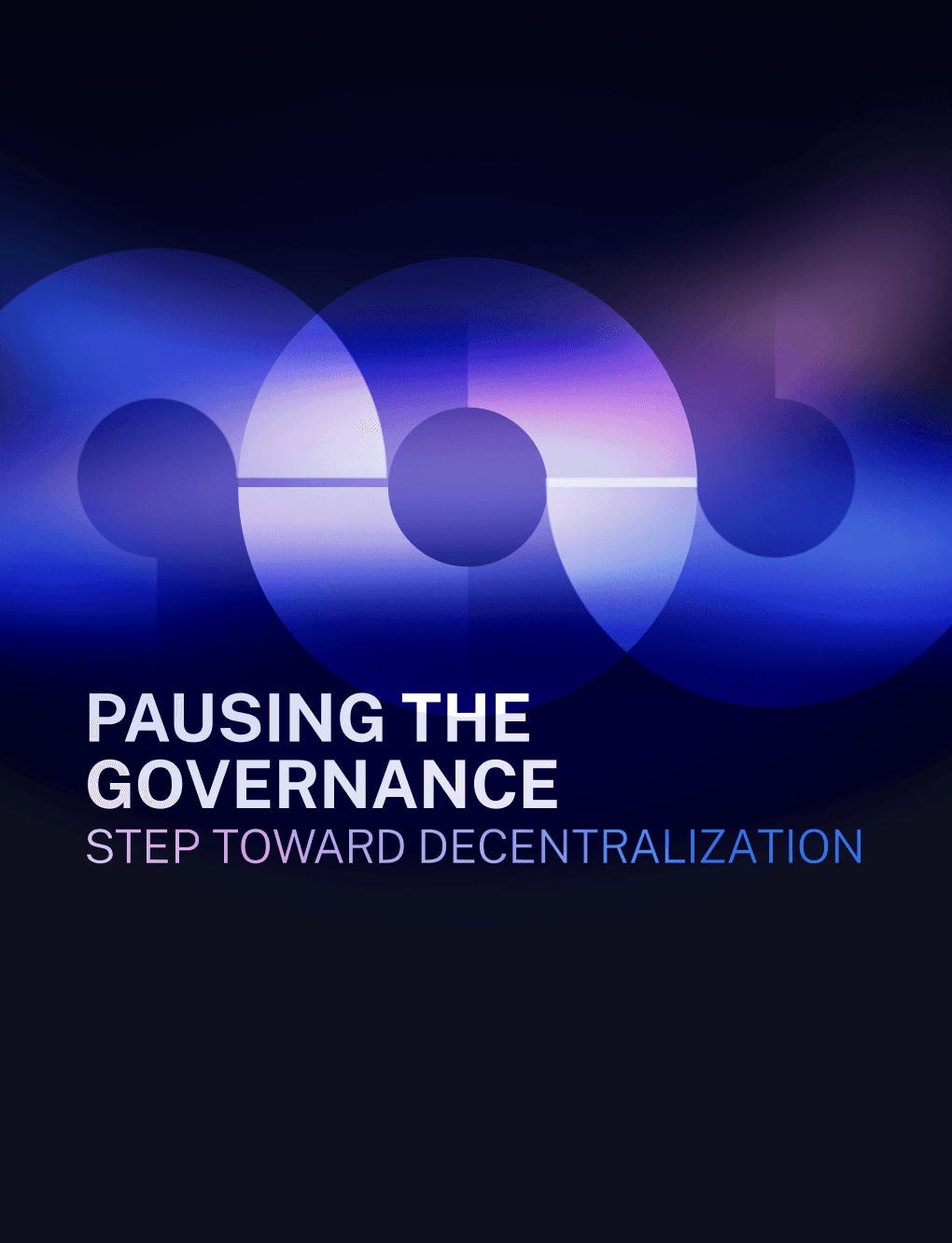The t3rn team is thrilled to share our latest development updates, starting with the t3rn testnet last preparations for the t3rn release as Rococo parachain. Over the last few weeks, we have primarily focused on the following:
Rococo and Portal Demo
t3rn will deploy on the Rococo, Polkadot testnet, shortly. This incredibly exciting step will allow us to test t3rn’s side effects i.e. transfers, swaps, and generic calls across several connected Parachains that have already launched and are functional. Each Parachain of Rococo can be dynamically registered into the t3rn’s Circuit at Rococo as a Gateway.
Portal
Portal is an internal abstraction we use to describe the cross-chain functionality in the Circuit. At its core, it enables the verification of cross-chain transactions on the Circuit by using the functionality built in XDNS, Multi Finality Verifier and Protocol.
Over the past weeks three main areas have been worked on:
Custom side effects have been integrated, allowing the integration of arbitrary protocols into t3rn. This extends the functionality of the standard side effects, opening up this functionality to custom protocols.
Development of a local Relay-Parachain development environment in Docker. This will speed up the development of the Portal and will be used as our default environment for running integration tests in the future.
Experimental integration of a custom header submission protocol, allowing the submission of header ranges, while relying on GRANDPA justifications. If successful, this would greatly reduce the number of header submission transactions on the Circuit.
The team also focused on setting up the Devnet network and Demo GRANDPA Ranges with Rust Ranger and TypeScript Executors. The Ranger waits for the block finalities on the remote-to-Parachain networks, prepares the aggregated GRANDPA finality range proof and sends it over to the Circuit.
This means that t3rn’s Circuit release to Rococo enables submission of GRANDPA range proofs from other networks like Rococo or Polkadot, enabling full Interoperability across Polkadot-like networks.
3VM and SDK
Restoring the volatile VM, EVM and contracts were a priority, along with the installation of the Circuit and control of composable execution break points. The development team handled composable execution return values by passing the side effects back, and load contracts, account data from registry, Local Execution Context and Previous Steps from Circuit to 3VM Execution Stack.
All of the work as part of the Level 1 of 3VM has now been completed. The initial setup enables writing the first composable, WASM-compiled, contracts with t3rn alongside the initial release to Rococo.
Inflation Pallet
The Inflation pallet is going to be part of the t3rn treasury. Specifically responsible for minting new TRN tokens as part of inflation and allocating them to respective users, making this a key feature for all stakeholders.
We have proceeded through many steps, such as creating a boilerplate with documentation, unit tests and dependencies to pallet balances and staking. The inflation pallet will not be included in the initial Rococo release, but will follow the Rococo updates in the next few weeks.
At the present moment, the team is preparing all of the pallets and runtime build artifacts for the testnet and we are excited to see the results from Rococo. To receive more updates, join us on Telegram, Twitter and Discord.
👉 Subscribe to our newsletter: Join 15,000 subscribers for exclusive monthly updates and insights, directly from Maciej Baj, founder & CTO of t3rn. - no spam, unsubscribe anytime.
Never miss a t3rn.
The t3rn update trusted by 20,000+ and growing. Founder Maciej Baj delivers the most important product updates, ecosystem alpha, and exclusive insights. Once a month, No fluff, just what matters.










